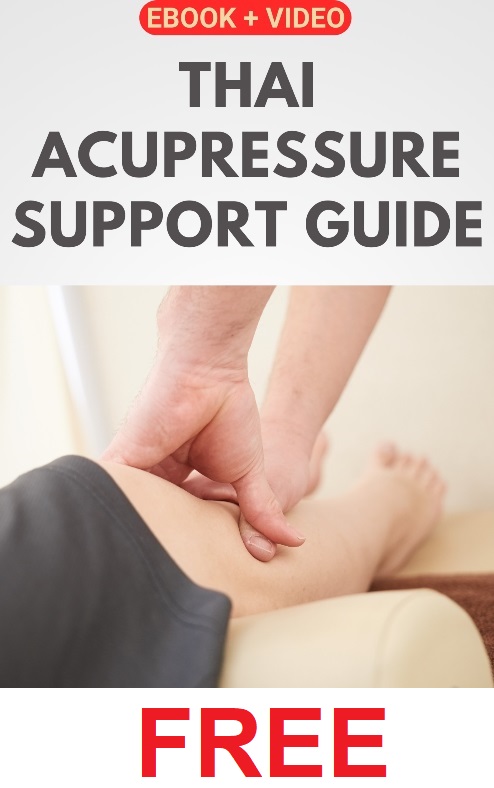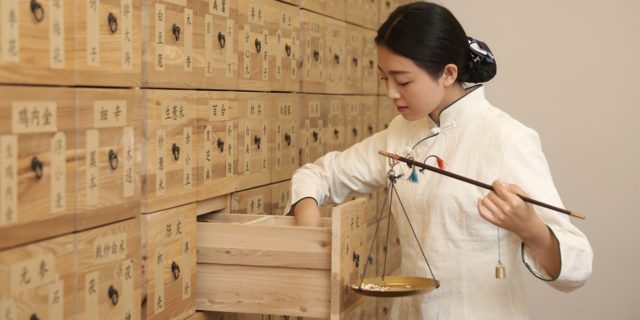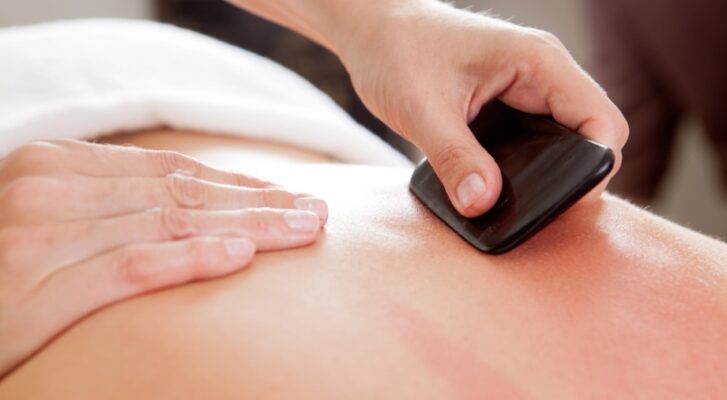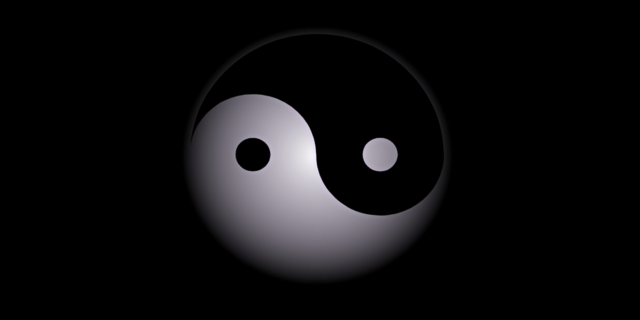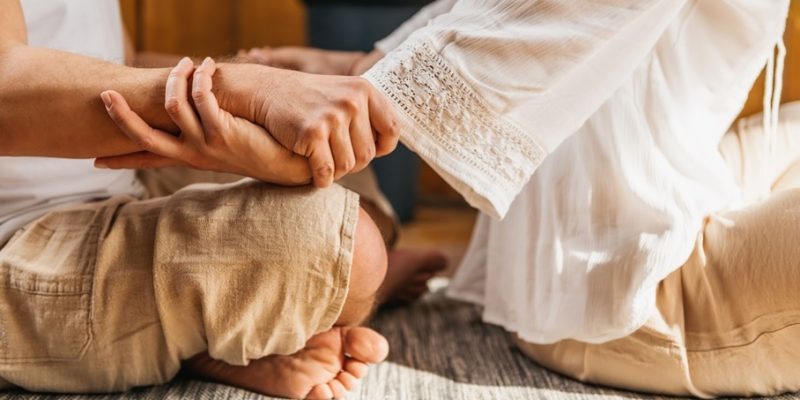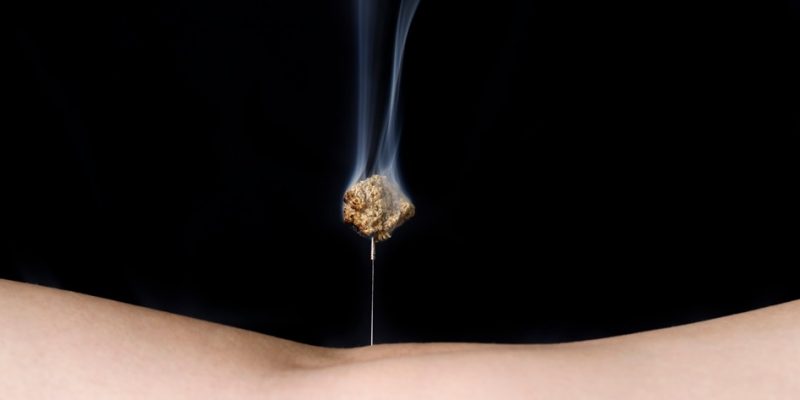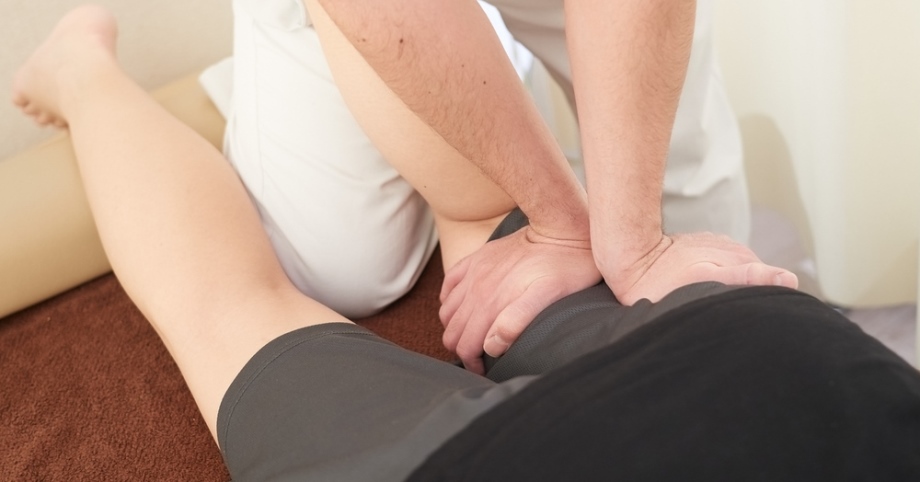
Tuina Massage (also written Tui Na) is a Chinese therapeutic massage and one of the most commonly used massage treatment modalities in Traditional Chinese Medicine (TCM).

It’s a manual, hands-on body treatment technique with the goal of promoting health and treating various clinical health conditions. It includes techniques such as pushing (Tui) and grasping (Na) of soft body tissue.
In China, Tuina has been used for more than 2,000 years. Its predecessor was called An Mo (Anmo), An Qiao or Qiao Mo, a treatment modality already mentioned in The Yellow Emperor’s Internal Classic Huang Di Nei Jing, thought to be written in the period 475-221 BCE. The Huang Di Nei Jing was the first complete medical text about TCM. The name “Tuina” came about during the Ming dynasty (1368 – 1644 CE).
Tuina Massage techniques used by TCM practitioners are many, and include brushing, kneading, pushing, pulling, rolling, stretching, pressing, shaking, tapotement (percussion), acupressure, and rubbing. The fundamental idea behind Tuina is to stimulate the body’s immunity mechanisms, unblock the meridians (Chinese energy channels) to promote the free flow of Qi Life Force Energy through the meridians, muscles, and other body tissues, and regulate the internal Zang-Fu organs.

A Tuina treatment is primarily used to treat neuromusculoskeletal conditions, but it can be applied for a broad range of other conditions also. Additionally, patients can be asked to do prescribed exercises as a supplementary therapy at home.
Today, apart from being a stand-alone manual Deep Tissue Massage treatment, it’s also concurrently applied with modern medical care, for instance, to heal bone fractures and joint dislocations, but also used in conjunction with internal medicine, gynecology and fertility issues, and pediatrics. Tuina is generally not used for relaxation, but rather as a deep tissue treatment for a variety of internal diseases and external injuries.
Tuina is a holistic bodywork modality that can also be used in combination with other treatments of TCM, such as Acupuncture, Moxibustion, Cupping, Chinese herbalism and nutrition, Tai Chi, and Qigong. It’s important to notice that Tuina is practiced consistent with the philosophy of TCM, guided by principles such as Yin and Yang, the Five Elements, Qi energy flow, and by the identification of syndromes and patterns.

Tui Na has always had a close relationship with the Chinese martial arts, because traumatic injuries (such as dislocations, sprains, fractures, etc.) are commonplace in any combative environment. In modern China, Tuina Massage is widely popular, and many hospitals include it as a standard modality of treatment, with several specializations for infants, adults, orthopedics, traumatology, sports medicine, among others.
In the past decades, Tui Na, like many other Asian bodywork modalities, has become increasingly popular, and it’s frequently taught as part of the general curriculum at many Western acupuncture schools. Therapists are known as Tuina practitioners, Tuina therapists or Tuina doctors. In the West, Tuina Massage is sometimes also called Meridian Massage.
Usually, Tuina treatments are given clothed on a mat on the floor, on a massage table, or chair. The receiver would wear loose and comfortable clothes, preferably with top and pants/skirt as separate articles of clothing, to facilitate the exposure of an area that may require direct skin contact.


